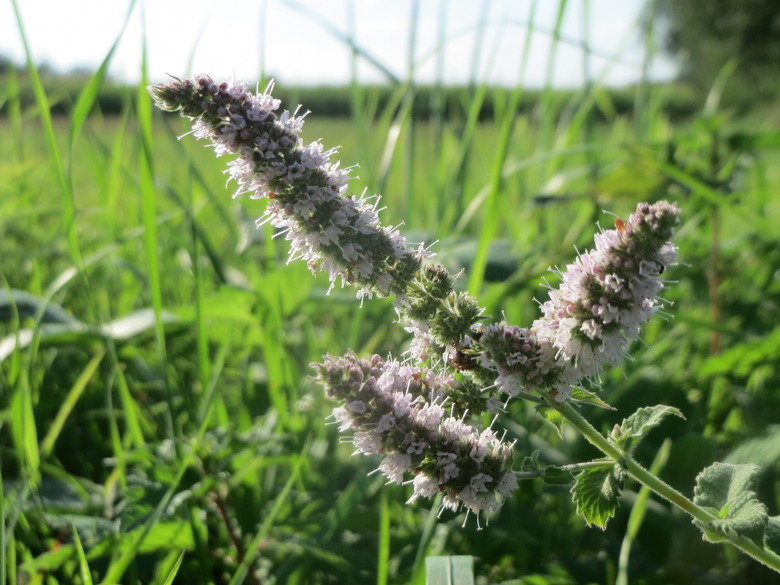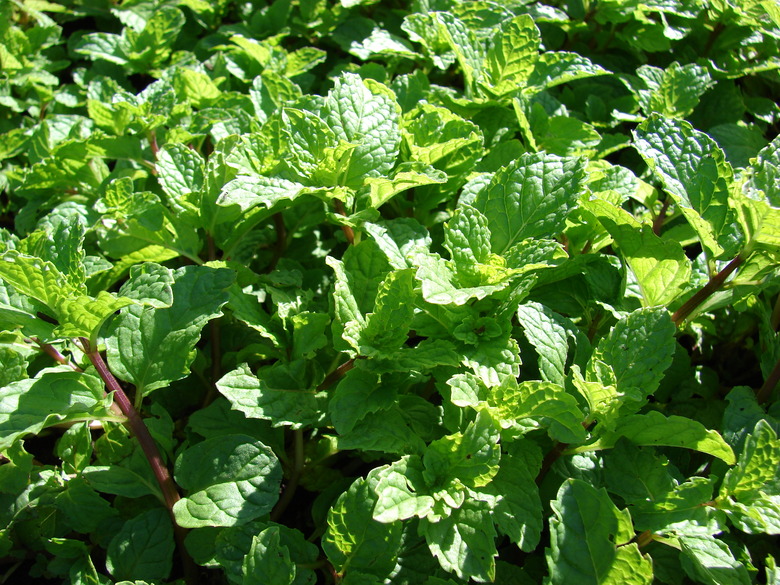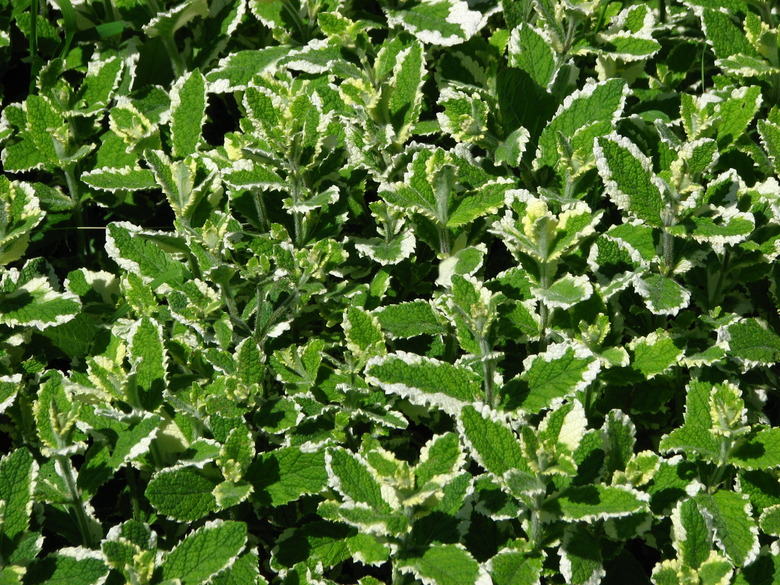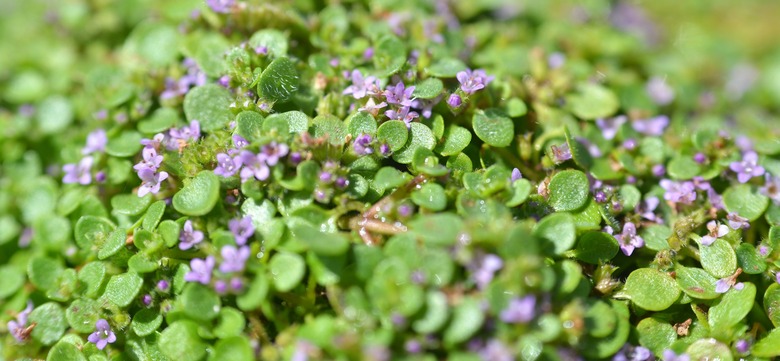How To Save Mint Seeds
Mint (Mentha spp.) is one of the easier herbs to grow in a home garden. Mint leaves are used in teas, desserts and other dishes as well as in personal care products. Fresh mint is also used as a garnish.
Mint is a hardy perennial in USDA plant hardiness zones 3 to 10. It is most often grown from cuttings, which is considered the easier method, though it can also be grown from seed.
Types of Mint Plants
There are approximately 19 species of mint plants and hundreds of cultivars from which to choose.
Spearmint (Mentha spicata, zones 5 to 9) is one of the most popular varieties of mint and is popular in savory dishes. Apple mint (Mentha suaveolens, zones 5 to 9) is a species of mint native to Europe known for its fruity flavor. Corsican mint (Mentha requienii, zones 6 to 9), which is native to Corsica, Italy and Sardinia, is a species that readily self-seeds.
It is important to note that mint plants hybridize easily and that these hybrids will not grow true to type from seed. Therefore, certain mint cultivars can only be grown with cuttings or by dividing existing specimens to create new plants.
Tip
Not all mint cultivars will come true from seed and many can only be grown from cuttings or by dividing existing specimens.
For example, the popular peppermint plant (Mentha × piperita, zones 5 to 9) is a hybrid type of mint that rarely sets seed and is best propagated vegetatively. The same is true of Margarita mint (Mentha 'Margarita', zones 5 to 8), a hybrid that is not considered invasive, unlike other mint varieties.
How to Save Mint Seeds
Mint plants bloom in the summer months. Small white or pink flowers grow on terminal spikes. To save seeds, you want to remove these spikes from the plant when the flowers are dry; this means that the seeds have matured.
To save the seed of a mint plant, place the dried flower spikes in a small plastic bag and allow the seeds to separate from the dried flowers. You may need to shake the bag to release the seeds.
To save the seed of a mint plant, place the dried flower spikes in a small plastic bag and allow the seeds to separate from the dried flowers.
Mint seeds should be kept cool and dry until you are ready to plant them.
Growing Mint From Seeds
When growing mint from seed, you want to sow seeds at a depth of approximately 1/4 inch. If you live in a colder climate, you can start the seeds indoors about two months before the last frost of the spring before moving them outdoors.
It can take one to two weeks for mint seeds to sprout. Soil temperatures of 70°F are best for germination. It is best to grow it in mint containers rather than garden beds, as these plants, as well as other plants in the mint family, can quickly become invasive and can be very difficult to eradicate from the garden once they become established.
Tip
Plants in the mint family spread aggressively and have a tendency to become invasive.
Mint plants grow best in full sun or partial shade. They also like their soil moist. Mint can also be grown indoors with the use of grow lights to replace direct sunlight.
References
- Baker Creek Heirloom Seeds: Growing and Saving the Seed of Mint
- Utah State University Extension: Mint in the Garden
- University of California Integrated Pest Management Program: Cultural Tips for Growing Mint
- Missouri Botanical Garden: Mentha × piperita
- University of Florida IFAS Extension: Mint
- UC Master Gardeners, Santa Clara County: Mint
- Missouri Botanical Garden: Mentha suaveolens
- Missouri Botanical Garden: Mentha requienii
- Missouri Botanical Garden: Mentha MARGARITA
- Missouri Botanical Garden: Mentha spicata 'Kentucky Colonel'



